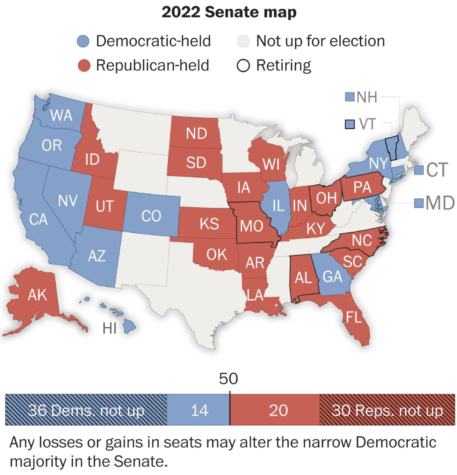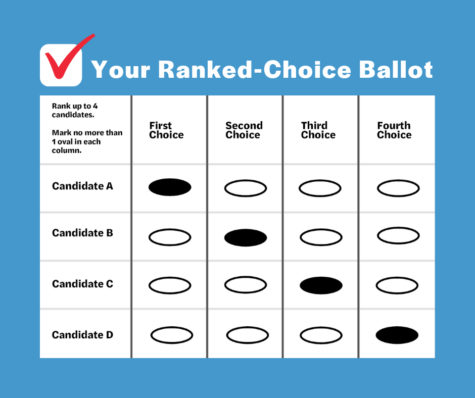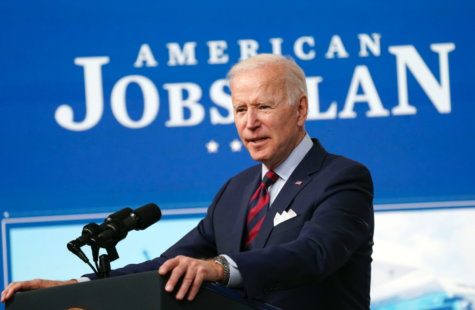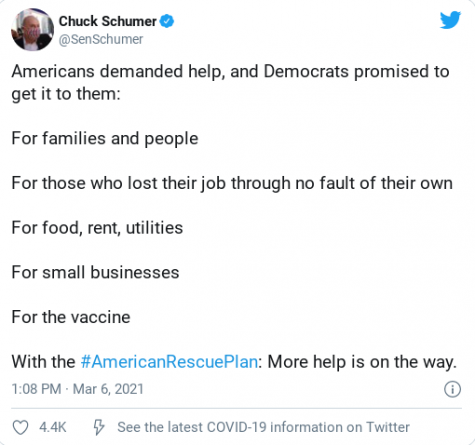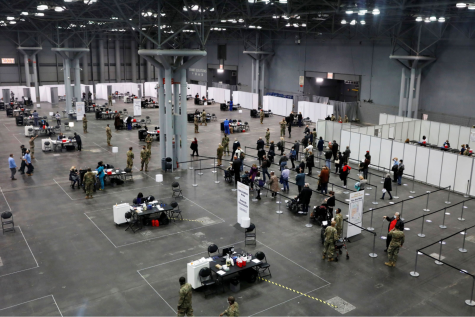The Gowanus Canal Rezoning Plan: Good or Bad or Both?
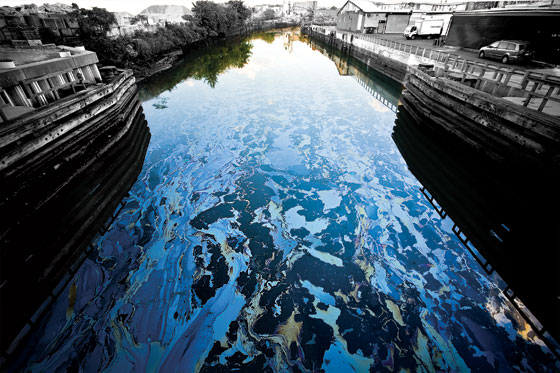
The Gowanus Canal; taken by A. Jesse Jiryu Davis, courtesy of New York Magazine
The Gowanus Canal was originally a small group of ponds and creeks, named “Gowanus” after the chief of the American Indian tribe whose land it was. However, when Brooklyn began to increase in size, Brooklynites needed more access to the New York Harbor. Thus, the canal was created. It was used to transport materials and goods and was bordered by many new factories that produced oil, coal, and machines. These factories discharged chemicals, coal tar, and oil into the canal, causing staggering levels of pollution in the canal, which still remain today. While many efforts have been made to clean the Gowanus canal, the EPA has just launched its biggest plan yet: to dredge its floor, remove its waste, and block more from seeping in. If everything goes according to plan, the project would take 11-12 years to complete and cost approximately $825 million.
To understand the topic better, I reached out to Owen Foote, of the Gowanus Dredgers Canoe Club, a nonprofit organization that advocates for a cleaner Gowanus and provides community enrichment through waterfront activities and—you guessed it—canoeing. These programs help to educate about the shoreline and its history. I first asked him about his thoughts on the dredging of the Gowanus, which he supports in theory, but finds questionable in its execution:
“Dredging that started last month by the EPA is removing contaminants from the Canal bottom and the project includes plans to reduce overflow events to occur only about 25% of the times they occur today. That may result in a dramatic improvement to Canal water quality and support natural habitat. The EPA is containing upland contaminants from re-entry to the Gowanus by requiring the construction of metal vertical sea walls along both banks of the waterway. When asked about the inherent danger of potentially falling in and drowning, something common to well-populated canals of the world, sadly our EPA refused to include safety exit ladders. Instead, their sarcastic response was to suggest people don’t fall in.”
Despite the requests made by members of the Gowanus community about ways to improve dredging safety, it has continued to run with no changes made. Though we are only in the beginning stages of the dredging, the EPA has already discovered two cars that were buried for years under heaps of coal tar and garbage.
But dredging is not the only change happening to the Gowanus. The Gowanus Rezone was originally proposed under the Bloomberg administration and is now backed up by Brad Lander, the representative of the neighborhoods surrounding the canal, and Bill DeBlasio, the current mayor of New York City. The plan involves building 20 to 30 high-rise apartments, some of which would provide affordable housing spanning the Gowanus, Park Slope, and Carroll Gardens neighborhoods. It would provide major tax cuts and both Lander and DeBlasio would benefit politically, however it brings only a small portion of advantages to the people living in the aforementioned neighborhoods.
Why is that? Well, first of all, as I mentioned when discussing the dredging of the canal, the Gowanus is filled with toxic waste and raw sewage, which would be dangerous for the people living there. Additionally, the canal is a huge flood risk. Keep in mind, the portion of apartments that are deemed affordable by the city would be built on the most polluted sections of the canal. Secondly, the construction of the buildings would infringe upon the work happening to try to clean the canal, resulting in the continued pollution of the Gowanus. Last, but certainly not least, the city has claimed that Gowanus is a wealthy neighborhood, however it falls into “Opportunity Zone”—a neighborhood that has a low-income census rate, and a 20% poverty rate. Building for the most part expensive high rises in the neighborhood could lead to severe displacement among those currently living in the area. This threat has only grown larger with the current pandemic, as many have lost their jobs. Despite this enormous flaw in his plan, Lander has ignored the community’s opinions on the rezoning plan.
I also discussed this with Mr. Foote, and, to my surprise, he was somewhat supportive of the plan. Foote states, “Development of the Gowanus Shoreline is a positive improvement for our community. Development has the inherent benefit of both remediation and stormwater retention that will help reduce the volumes of Combined Sewage Overflow. That is included in current code and not associated with rezoning. Rezoning plans include the addition of affordable housing to our City which is desperately needed.” However, his support did not come without mentions of changes that should be made to the plan: “Commercial and residential development require a setback area at the water’s edge, and that area is supposed to be beneficial to our community and often called an amenity space. Unfortunately, the public ‘amenity space’ offered to Brooklyn at our Gowanus Canal is designed for people to ‘sit, walk, and look’ including walking surfaces, planted and seating areas, moveable chairs and tables. Such chairs and tables have all been broken or tossed into the Canal and the area is desolate and dangerous to pass through alone. Our City received feedback from our community suggesting that such spaces should include shade structures to protect from heat and rain, climbing and playful areas for children to enjoy, dog runs and community gardens, BBQ pits and tables for picnics, chess, checkers, or dominoes. Unfortunately, our City has failed to include such amenities.” In the Gowanus Dredgers Aqua New Deal, they propose that the development of the Gowanus Neighborhood, with community building spaces, such as art installations and an entrance into the canal for canoeing, would enhance the community and celebrate culture. However, the deal neglects to mention the negative impacts that the rezoning would have on many members of the community.


